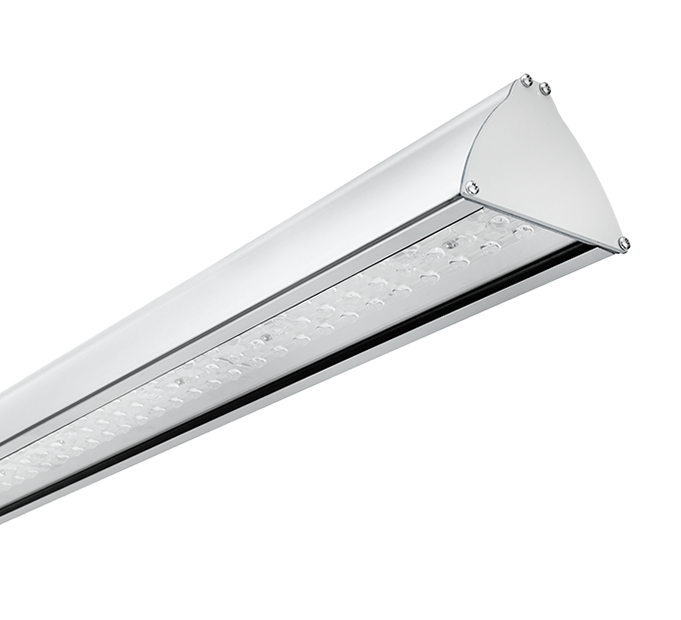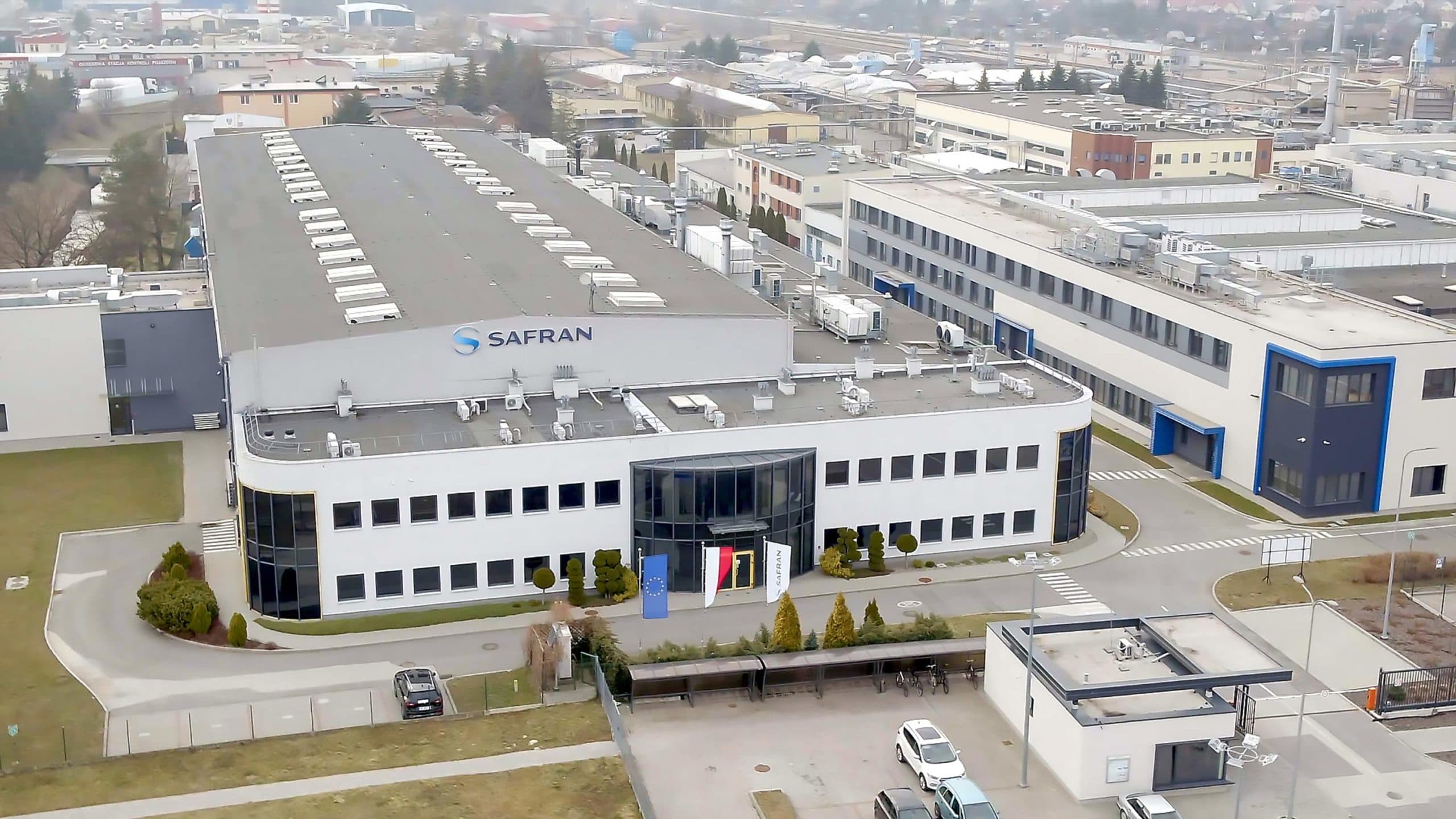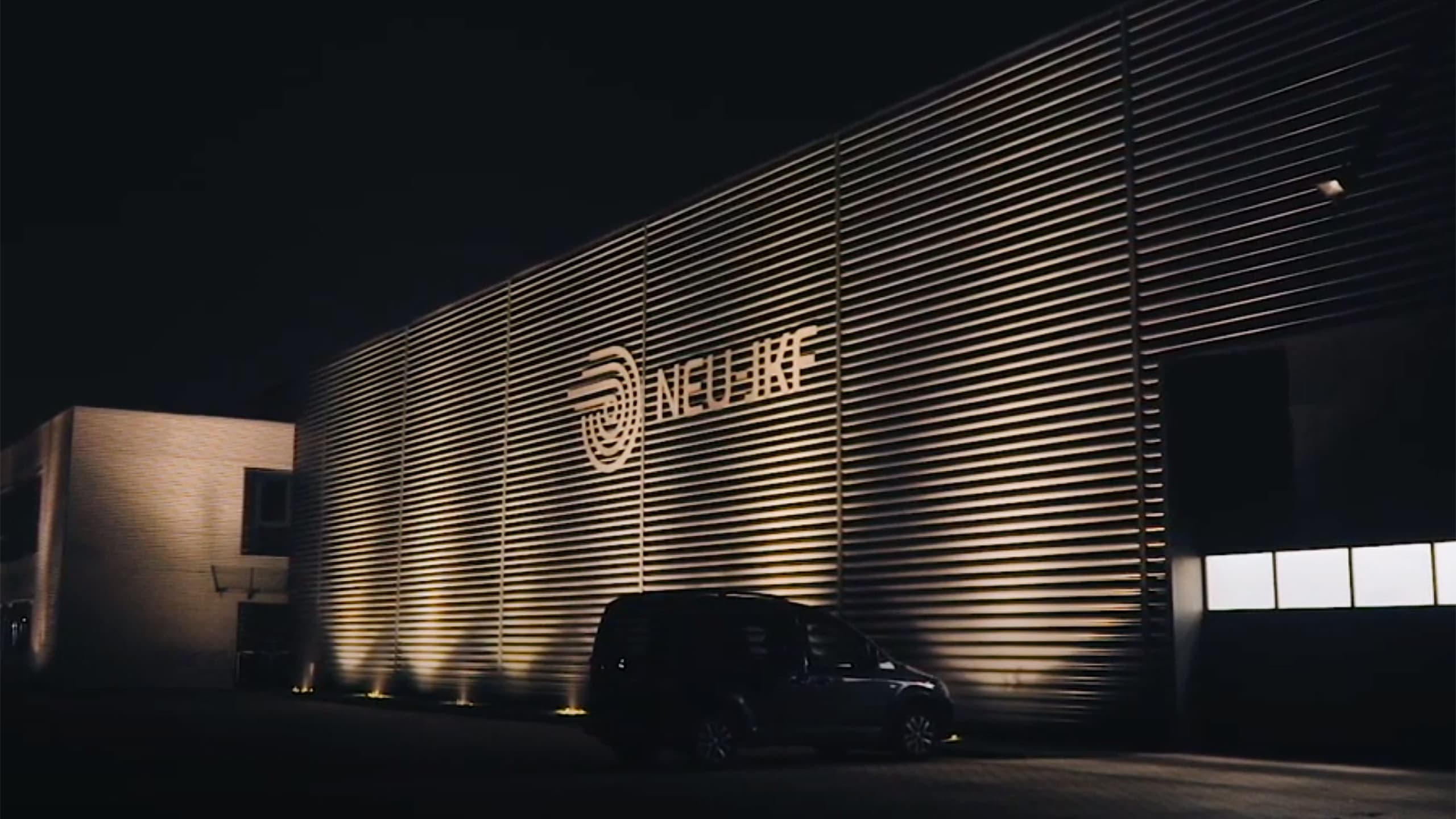The use of smart lighting control in factories is growing in popularity. This is because it combines convenience and often significant savings as well. Due to the increase in energy prices, the money spent on lighting in the warehouse or industrial hall is getting higher and higher. In order to reduce the cost, but at the same time maintain working comfort, it is worth investing in a lighting control system.
- What are the possibilities for lighting control in a factory?
- What control systems can be used?
- What is included in a control system of an industrial facility?
- What are the benefits of a control system?
Find out in the following paragraphs.

Factory lighting control system – possibilities
Controlling the lighting in the factory is quite a challenge. It involves managing a significant number of luminaires. Grouping the lighting without the possibility of reorganising it is a disadvantage in terms of ergonomics and flexibility. This is due to the need to modify the electrical system in the event of any change in zoning. On the other hand, switching on all the lighting in a hall where only some of the areas are used generates unnecessary costs through increased electricity consumption.. For this reason, investors are increasingly willing to equip lighting in the factory with a control system.
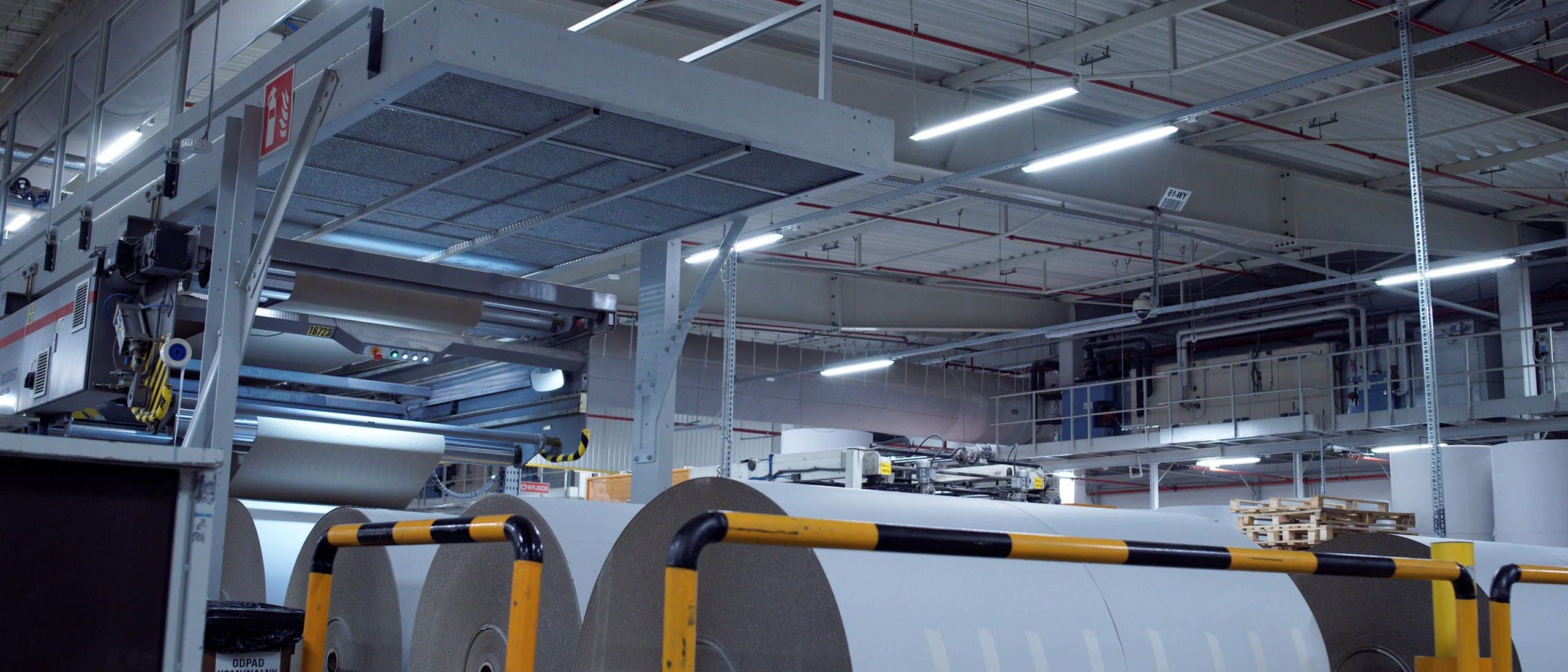
How can lighting control be used in a factory?
Warehouse and production hall lighting offers many possibilities. The functionalities of a system consisting of industrial lights fitted with LEDs and a power supply system with DALI include the following:
- Management of each luminaire individually
- Programmable groups of luminaires
- Automatic control of lighting intensity, taking into account the daylight entering the building
- Integrating the lighting into building automation
- Managing scenes and spaces in the factory
- Automatic activation or adjustment of lighting levels when the presence of staff is detected
- Fault detection and installation fault reporting

In practice, an industrial lighting control system is designed to make it easier for facility users to manage it in real time. Dedicated software, which is supplied with the system, allows many luminaire operating parameters to be controlled. This can be done individually, which works well at workstations, or in groups, such as in passageways or warehouse halls. This functionality also makes it possible to create scenes depending on the activities in the area. This increases safety, as well as the quality and efficiency of work in the facility.

There is also a direct link between LED lighting with control and building automation. This involves the possibility of automatically adjusting individual parameters, such as light intensity. In addition, it is possible to combine industrial lighting with a BMS (Building Management System). This integrates the lighting system with other systems in the building, resulting in increased safety, functionality and ergonomic use. The advantage of such a solution is the detection of faults and failures, as well as the analysis of measured values or checking the status of the system via a single user interface.
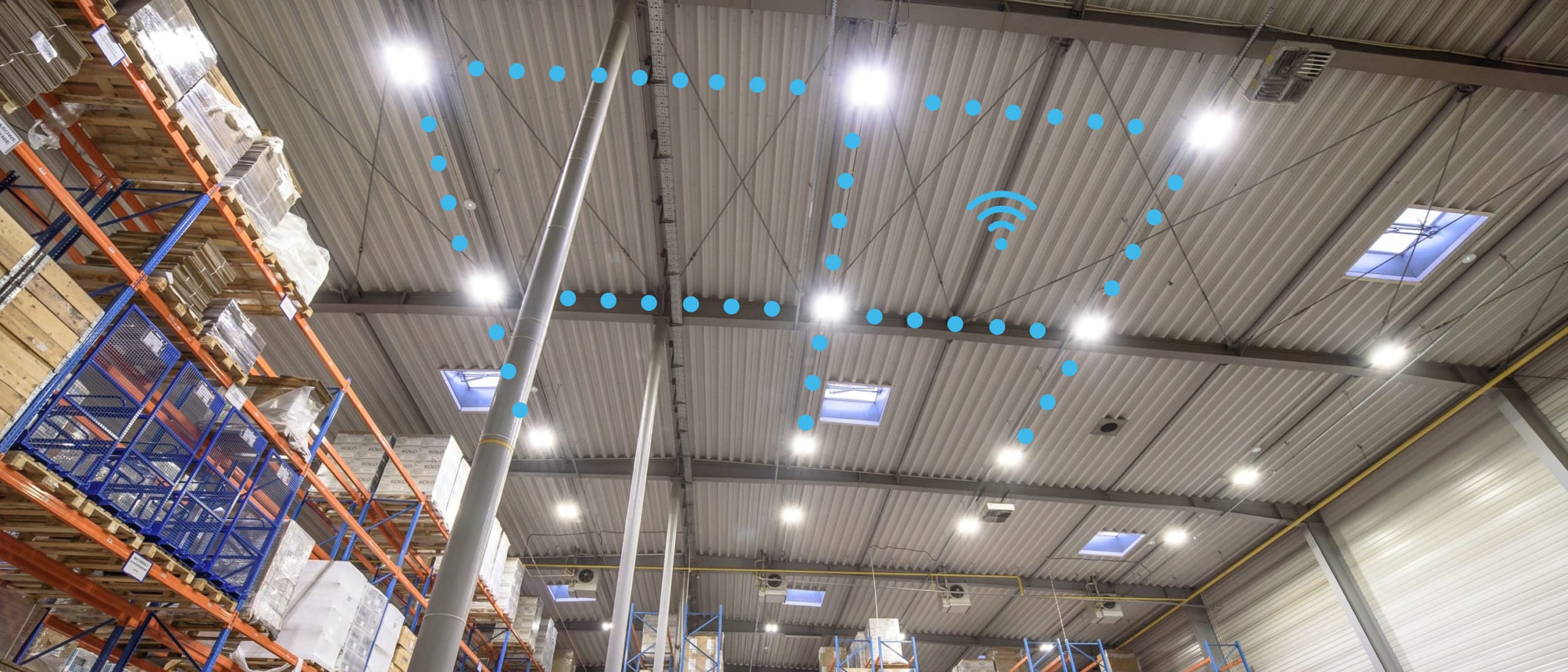
How to control lighting in a factory?
The most effective way to control LED luminaires in a factory is through a lighting design. This is based on a pre-designed audit. In the case of a lighting upgrade, this is based on an appraisal of existing systems and workplaces, taking particular account of the activities in each area. In a newly designed building, however, its main objective is to identify the characteristics and location of the workstations. It is mainly based on this that the lighting control method is selected.
Lighting systems fitted with LED luminaires can be managed in different ways. The control can be wired or wireless, manual or automatic. Each of these has its advantages and disadvantages, so the method should be selected individually and adapted to the needs of the company. This will have a positive effect on the return on investment, energy consumption and user comfort.
Components of an industrial lighting control system
LED luminaires, which are managed via a central system, can be modified quite easily. As a result, the lighting can be fitted with additional accessories to increase their functionality. These include, above all:
- motion and presence detectors to reduce energy consumption in spaces with temporary use,
- schedules that make it possible to vary light intensity over a certain period, on a daily, weekly or monthly basis,
- a platform with online connectivity that makes it possible to remotely control all lighting from anywhere in the world,
- daylight sensors that enable luminaire output control based on the light entering the building.

Furthermore, LED lighting can be easily upgraded, so it works well in factories.
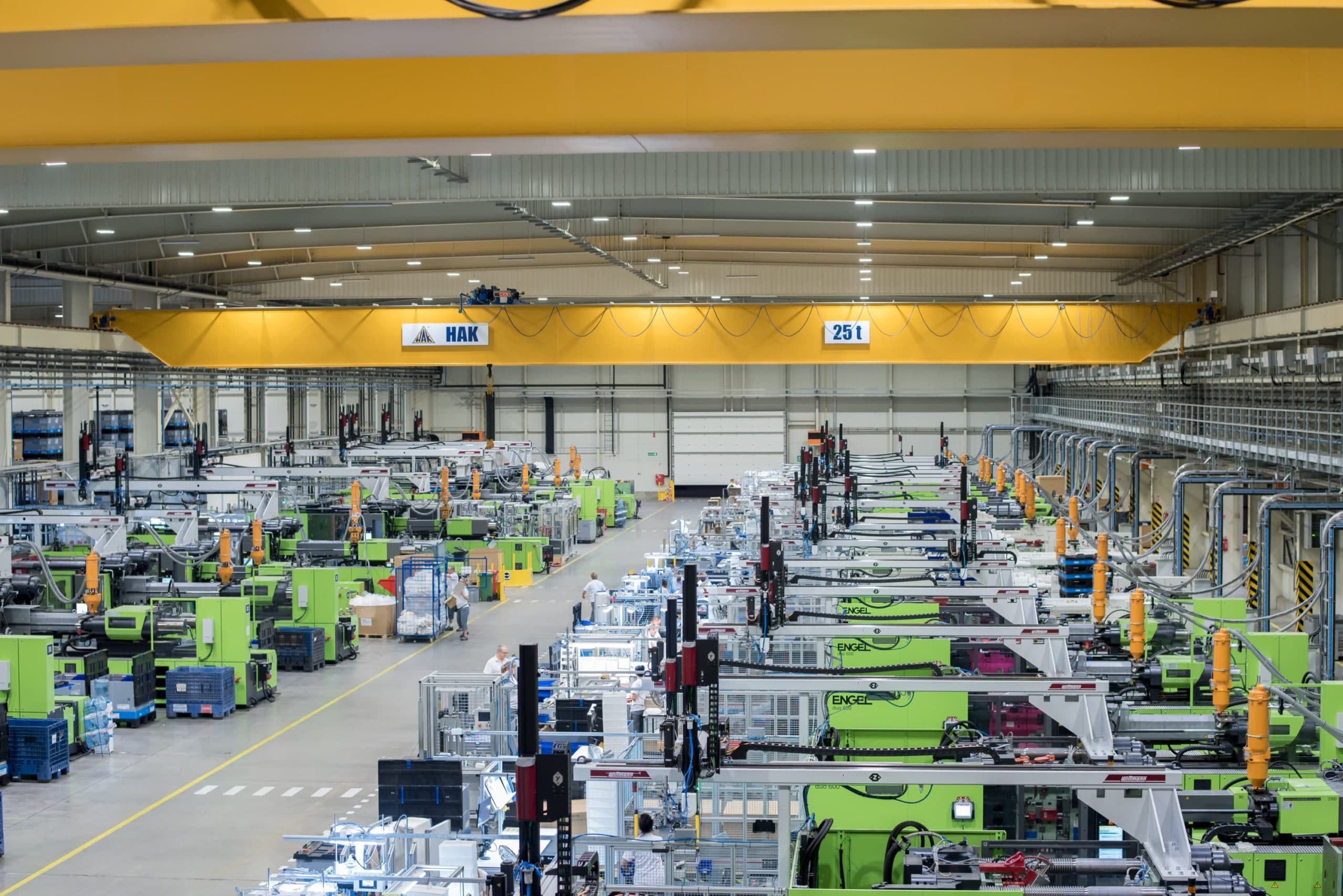
Benefits of modern LED luminaire management
The use of lighting control in a factory offers a number of opportunities and benefits. The most common objective and desired outcome for investors who install an LED luminaire control system in a factory is optimisation related to the electricity consumed. A reduction in the cost of lighting can also be associated with the automatic management of luminaires.

The installation of lighting control further increases the reliability of the system. It has a positive effect on safety and comfort. This involves faster and easier detection of faults and failures in luminaires.
See one of our case studies for an example of an industrial lighting retrofit with a control system and its benefits.
If you are wondering how to use lighting control in your company and have questions for us, please fill in the form below. We will contact you and help you select the system that best suits your factory’s needs.

Do you have additional questions?
Ask our expert
See other articles
New lighting system using wireless control system – our project for Safran Transmission Systems
Skanska Company, the general contractor who created new buildings for Safran, asked us to work with them to select the appropriate lighting system for the new object built next to the existing production hall. After successful collaboration with Skanska company, we received a direct query from Safran, who asked us to modernize their existing lighting systems in older buildings. We carried out an audit and created a solution that met the expectations of the owner of these specialized production halls.
Lighting including the control and comprehensive implementation for the NEU-JKF Sp. z o.o. production hall
NEU-JKF Sp. z o.o. is a company that has been operating since 1997. The company focuses on providing complete dust extraction and pneumatic transport systems for various industries. The company relies on proven and modern air purification systems, which can be used by both large plants and small craft companies.



